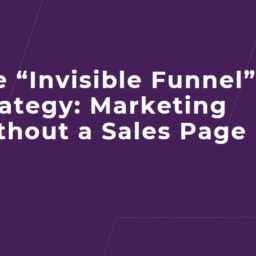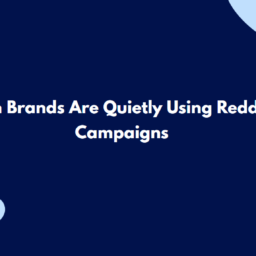User-generated content (UGC) has become a cornerstone of modern brand strategies. From reviews and testimonials to social media posts and videos, UGC can enhance authenticity, build trust, and foster deeper connections with audiences. This blog explores the benefits of UGC, how to incorporate it effectively, and examples of successful campaigns that leverage user-created content.
What is User-Generated Content?
User-generated content refers to any form of content—text, images, videos, or reviews—created by users rather than the brand itself. UGC is often shared on social media, review platforms, or directly on a brand’s website, showcasing real customer experiences.
Benefits of UGC for Brands
- Builds Authenticity and Trust
- Consumers are more likely to trust content created by other users over brand-created material.
- Stat: 79% of people say UGC highly impacts their purchasing decisions (Stackla).
- Cost-Effective Marketing
- UGC reduces the need for expensive campaigns, as customers provide content for free or at a low cost.
- Increases Engagement
- UGC invites participation, making customers feel valued and boosting interaction across platforms.
- Improves SEO
- Reviews, testimonials, and other UGC contribute fresh, keyword-rich content that improves search rankings.
- Enhances Community Building
- Sharing user content fosters a sense of belonging and loyalty among customers.
How to Incorporate UGC into Your Brand Strategy
- Encourage Reviews and Testimonials
- Prompt satisfied customers to leave reviews on platforms like Google, Yelp, or Trustpilot.
- Showcase these reviews on your website or marketing materials to build credibility.
- Create Social Media Campaigns
- Launch hashtag campaigns that encourage users to share their experiences with your brand.
- Example: Coca-Cola’s “Share a Coke” campaign encouraged users to post photos with personalized bottles.
- Host Contests and Challenges
- Incentivize UGC by offering rewards for the best submissions.
- Example: GoPro regularly features user-submitted videos, rewarding creators with visibility and prizes.
- Integrate UGC into Product Pages
- Include customer photos and videos in your product galleries to provide real-world context.
- Example: Fashion brands like ASOS use UGC to show how items look on diverse customers.
- Leverage Video Testimonials
- Encourage customers to create short video reviews or unboxings that highlight their experiences.
- Video content is highly engaging and adds a personal touch.
- Feature UGC in Ads
- Incorporate authentic user content into paid advertising campaigns for a relatable and trustworthy feel.
- Example: Airbnb uses real traveler stories and photos in its marketing campaigns.
- Share UGC on Your Website and Newsletters
- Dedicate sections of your website or email campaigns to highlight top user submissions.
- This not only showcases customer appreciation but also inspires others to participate.
- Monitor Mentions and Reposts
- Use social listening tools to find content where your brand is tagged or mentioned and ask for permission to share it.
- Collaborate with Micro-Influencers
- Partner with loyal customers who have smaller but highly engaged audiences to create authentic UGC.
- Incorporate UGC in Events
- Display live feeds of social media posts during events to encourage attendees to create and share content.
Best Practices for UGC Implementation
- Seek Permission
- Always ask for explicit consent before using customer content to avoid legal issues or alienating creators.
- Stay On-Brand
- Ensure that UGC aligns with your brand’s values and aesthetic. Curate content that enhances your narrative.
- Reward Contributors
- Show appreciation by featuring creators on your platforms or offering discounts and exclusive perks.
- Provide Guidelines
- Share tips or themes to guide customers in creating content that resonates with your campaign goals.
- Measure Performance
- Track metrics such as engagement, conversion rates, and reach to evaluate the effectiveness of UGC initiatives.
Examples of Successful UGC Campaigns
- Starbucks – #RedCupContest
- Starbucks encouraged customers to share creative photos of their red holiday cups on Instagram. This campaign generated massive engagement and brand visibility.
- Apple – #ShotOniPhone
- Apple showcased stunning photos taken by iPhone users in its global advertising campaign, highlighting the camera’s capabilities and customer creativity.
- Lush Cosmetics – #LushCommunity
- Lush promotes UGC through its branded hashtag, featuring real customers using its products, which fosters a strong sense of community.
- Warby Parker – Customer Style Photos
- Warby Parker features customer photos on its product pages, helping potential buyers see how glasses look on real people.
Conclusion
Incorporating user-generated content into your brand strategy is a win-win: customers feel valued, and your brand gains authentic, engaging content that builds trust and drives sales. By encouraging, curating, and showcasing UGC, you can tap into the power of your community to amplify your brand’s reach and impact.




